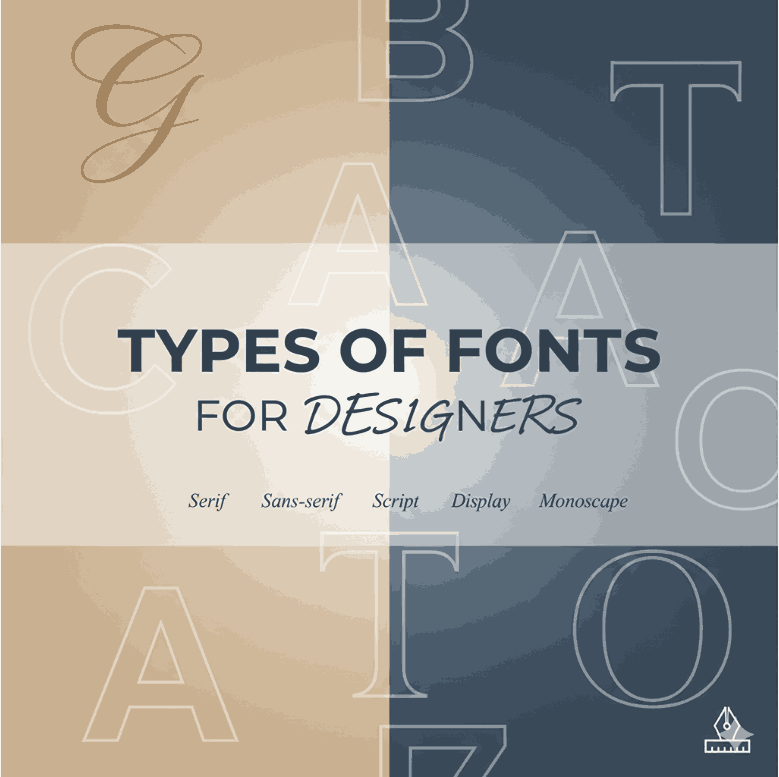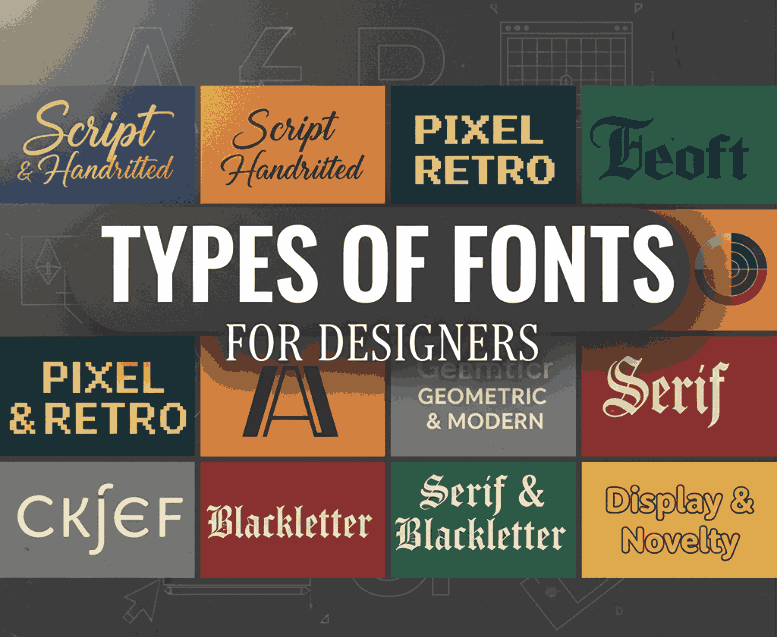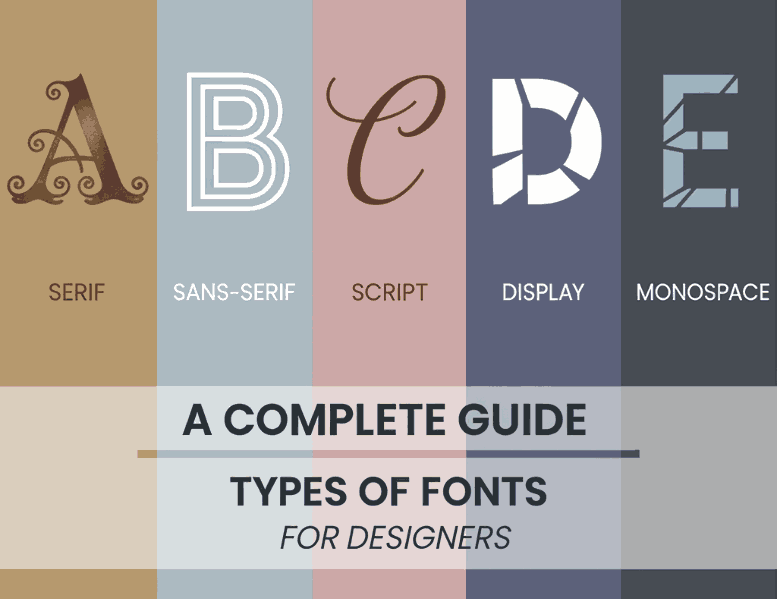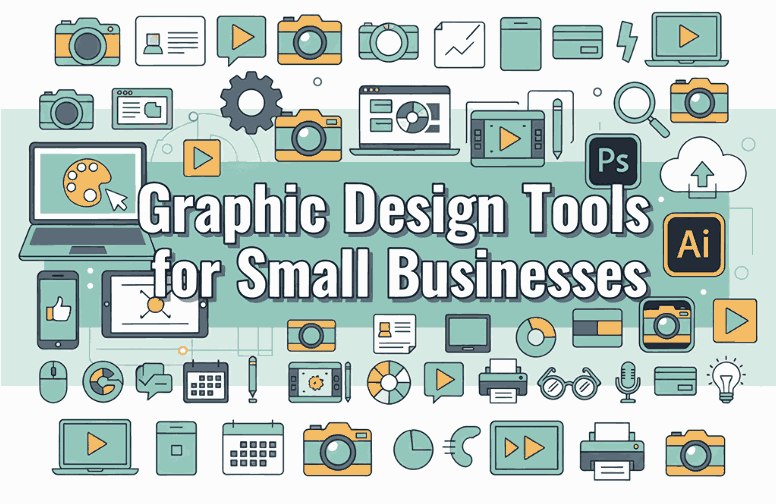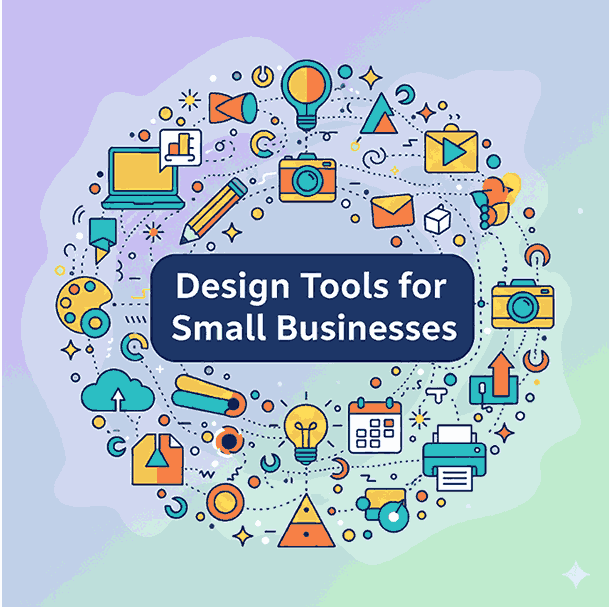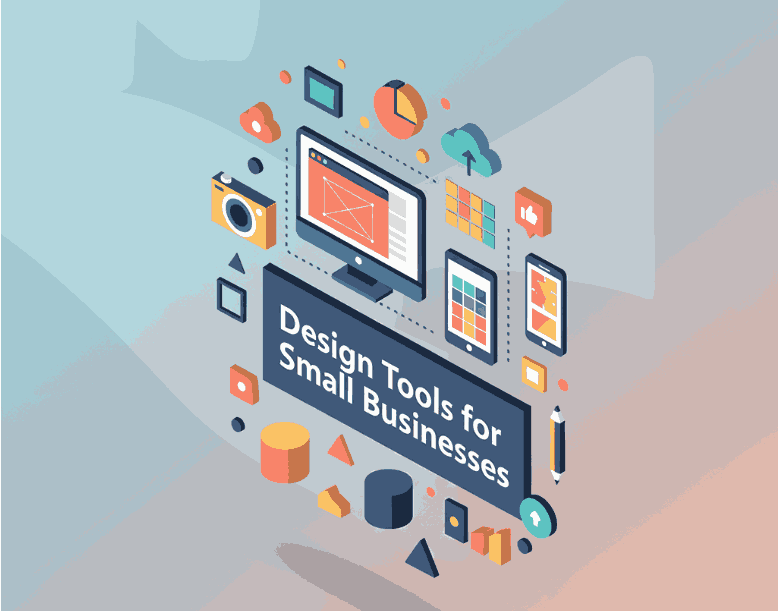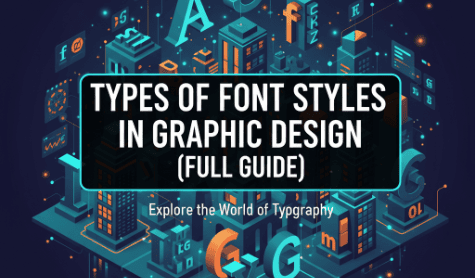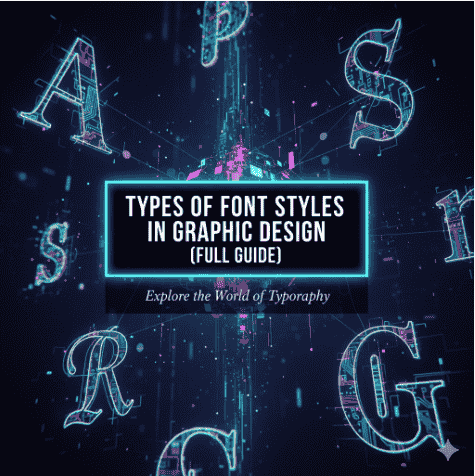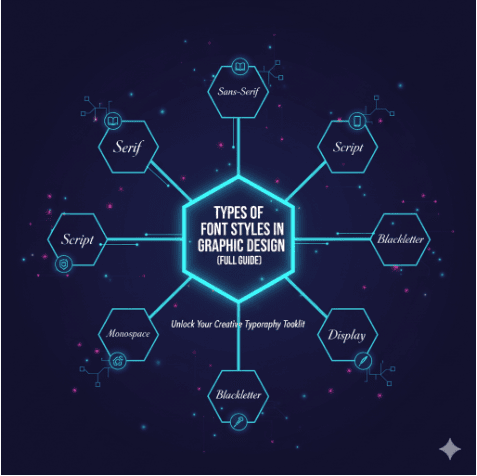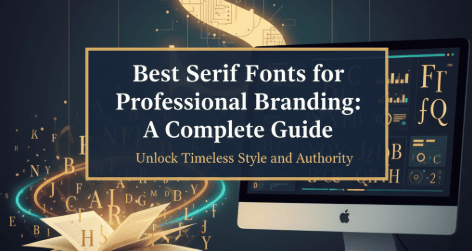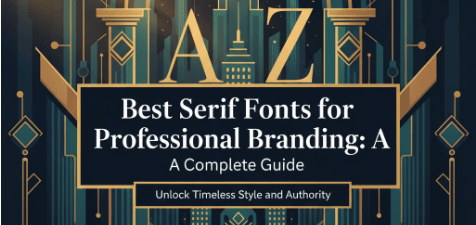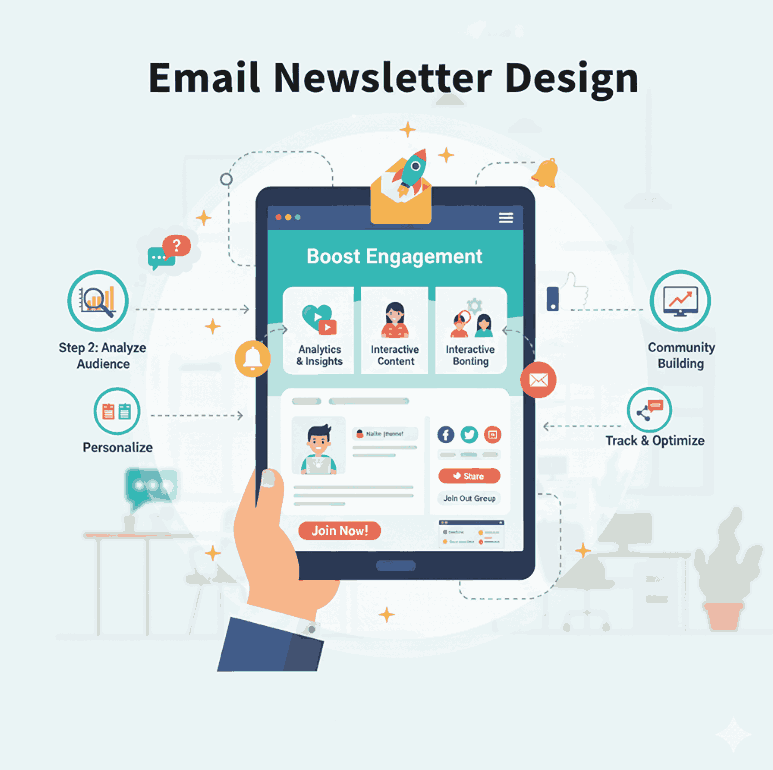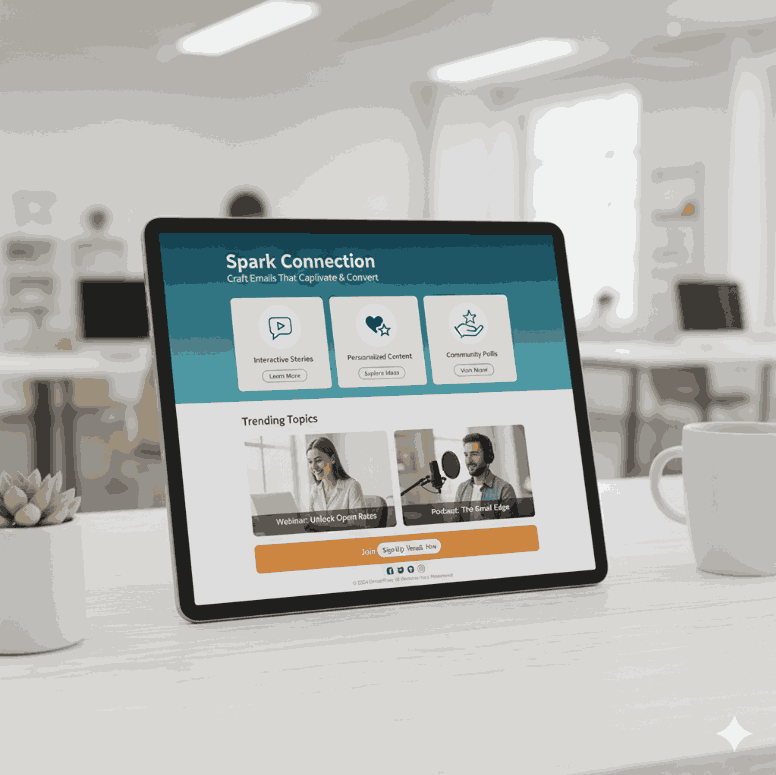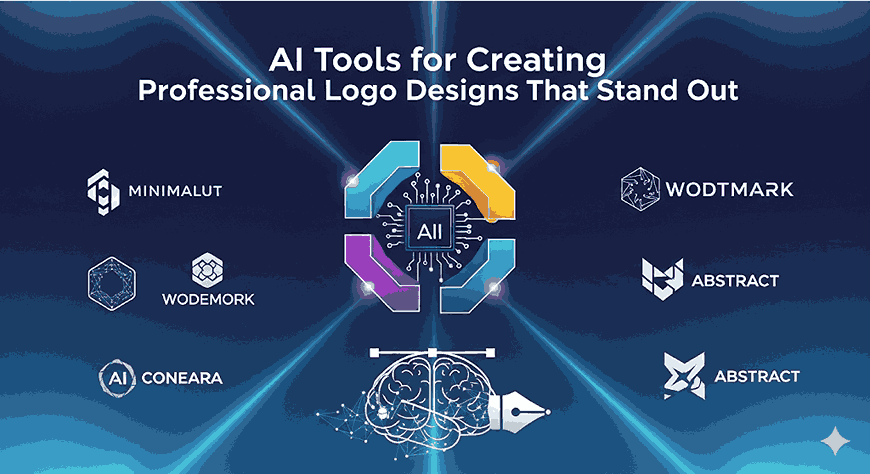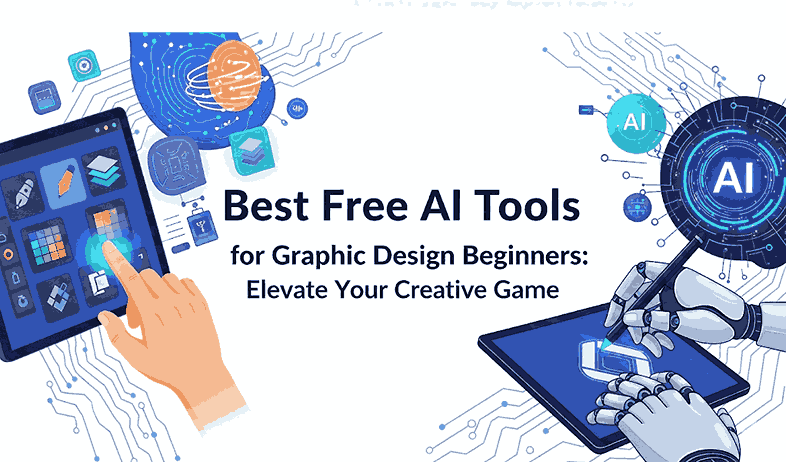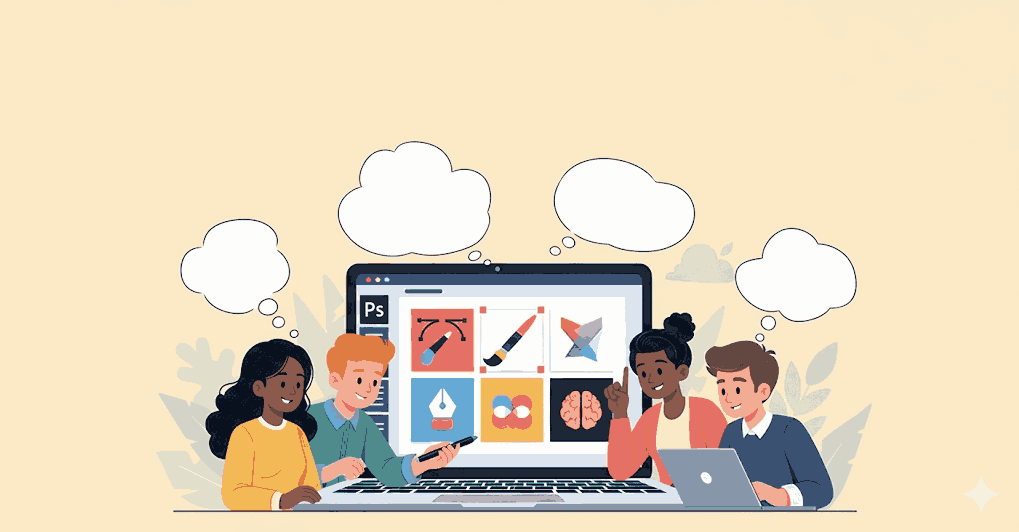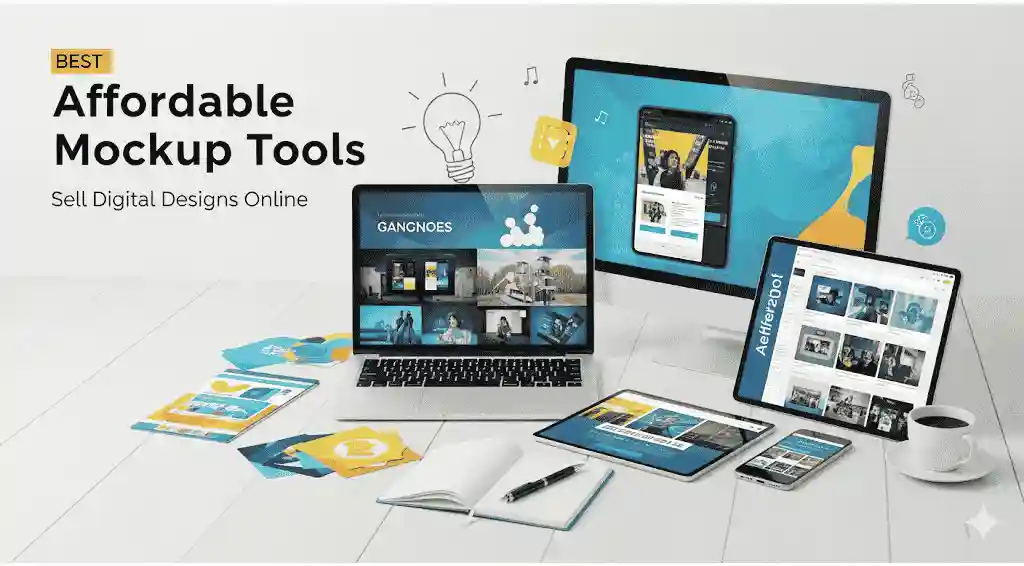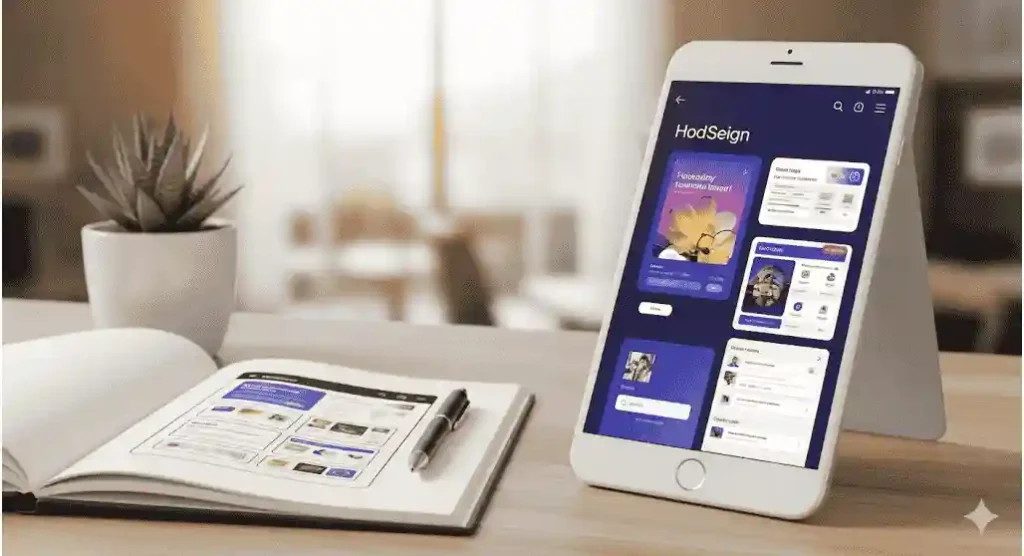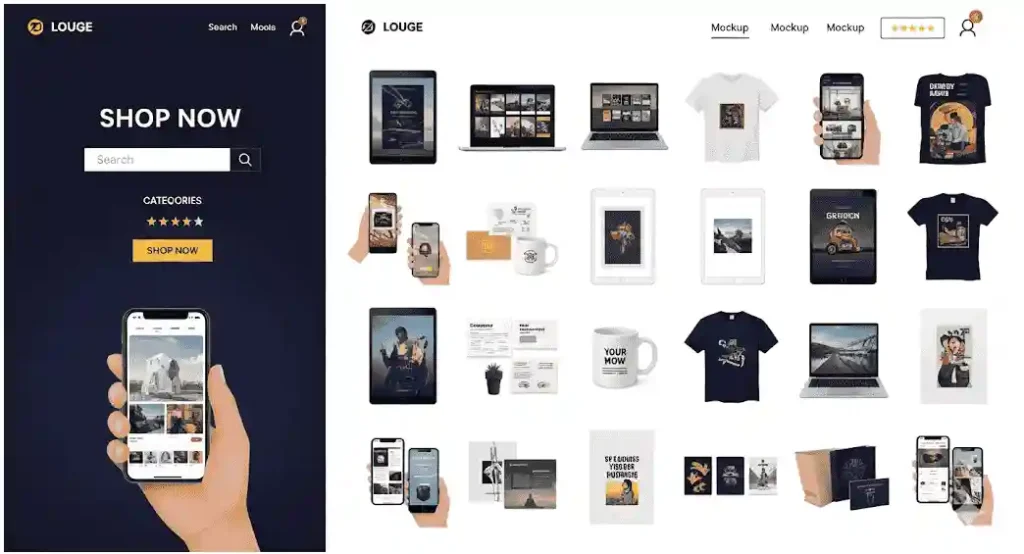
Table of Contents
- Introduction to Monospaced Fonts
- Key Features of Monospaced Fonts
- Monospaced Fonts Use Cases
- 3.1 Coding and Programming
- 3.2 UI and Digital Interfaces
- 3.3 Data Tables and Reports
- 3.4 Branding and Creative Projects
- Top Monospaced Fonts Examples
- How to Choose the Right Monospaced Font
- Conclusion
1. Introduction to Monospaced Fonts Use Cases
Monospaced fonts use cases. Monospaced fonts are typefaces where each character occupies the same horizontal space. Unlike proportional fonts, where characters like “i” are narrower than “m”, monospaced fonts maintain uniform width.
This feature makes them highly readable for technical applications and visually structured designs. Monospaced fonts are not only practical but can also be stylish and versatile in modern design.
2. Key Features of Monospaced Fonts Use Cases
- Uniform spacing: Every character aligns perfectly, which enhances readability in structured formats.
- Legibility: Ideal for technical content where precision matters, like coding or tabular data.
- Retro and minimalist appeal: Often evoke typewriter aesthetics, adding a vintage or clean look.
- Versatility: Can be used for both digital and print applications.

3. Monospaced Fonts Use Cases
3.1 Coding and Programming
Monospaced fonts are the default choice for developers because uniform spacing makes it easy to detect errors and maintain alignment in code. Popular programming fonts include Courier New, Fira Code, and JetBrains Mono.
- Benefits:
- Easy differentiation of characters like
1,l, andI - Consistent alignment for nested code blocks
- Better readability in IDEs and terminals
- Easy differentiation of characters like
Reference: Smashing Magazine – Best Fonts for Developers
3.2 UI and Digital Interfaces
Monospaced fonts are also widely used in user interfaces, especially in dashboards, calculators, and data-driven applications. Their uniform spacing ensures that numeric and tabular data align perfectly.
Example: Financial apps and calculators often rely on monospaced digits to avoid misreading numbers.
Reference: UX Collective – My Favorite Monospaced Fonts
3.3 Data Tables and Reports
For printed or digital reports, monospaced fonts make tables and data grids visually structured. Columns line up naturally, reducing errors in reading or interpreting data.
- Applications include:
- Financial statements
- Scientific research papers
- Statistical reports
Reference: Typewolf – Guide to Monospaced Fonts
3.4 Branding and Creative Projects
Beyond technical applications, monospaced fonts are gaining popularity in branding, packaging, and creative designs. They can provide a retro, minimalist, or tech-savvy aesthetic depending on the font style.
- Examples of creative applications:
- Modern logos
- Posters and flyers
- Typographic artwork
4. Top Monospaced Fonts Use Cases Examples
Here are some examples of monospaced fonts you can explore and purchase for creative use:
- Mode Center Font – Modern and clean monospaced design suitable for coding and branding.
- Cyranie Zalie Font – Elegant monospaced font ideal for digital content and creative projects.
- Claina Vanie Font – High-contrast monospaced display font perfect for editorial and luxury branding.

5. How to Choose the Right Monospaced Font
When selecting a monospaced font, consider:
- Purpose: Coding, interface design, or creative project?
- Readability: Check the legibility of characters in different sizes.
- Style: Choose fonts that complement your brand aesthetics.
- Licensing: Ensure you comply with commercial or personal use terms.
6. Conclusion
Monospaced fonts are versatile tools for designers, developers, and creative professionals. From coding and interface design to branding and creative artwork, their consistent spacing ensures precision, readability, and style.
By exploring the monospaced fonts use cases and top font examples, you can choose the perfect typeface to enhance your projects with structure, elegance, and readability.

